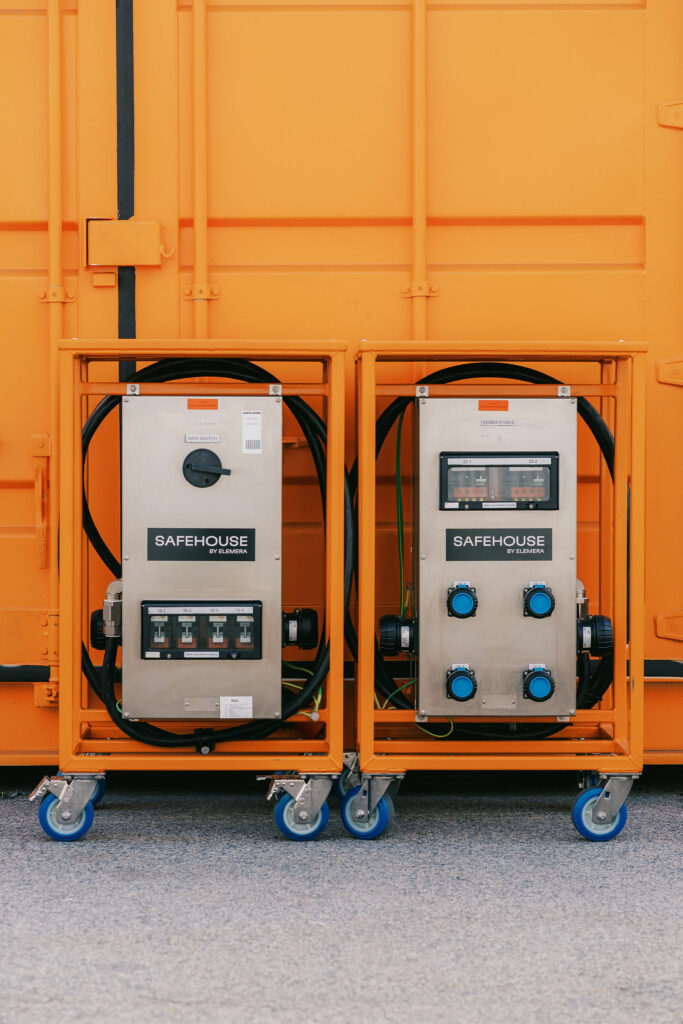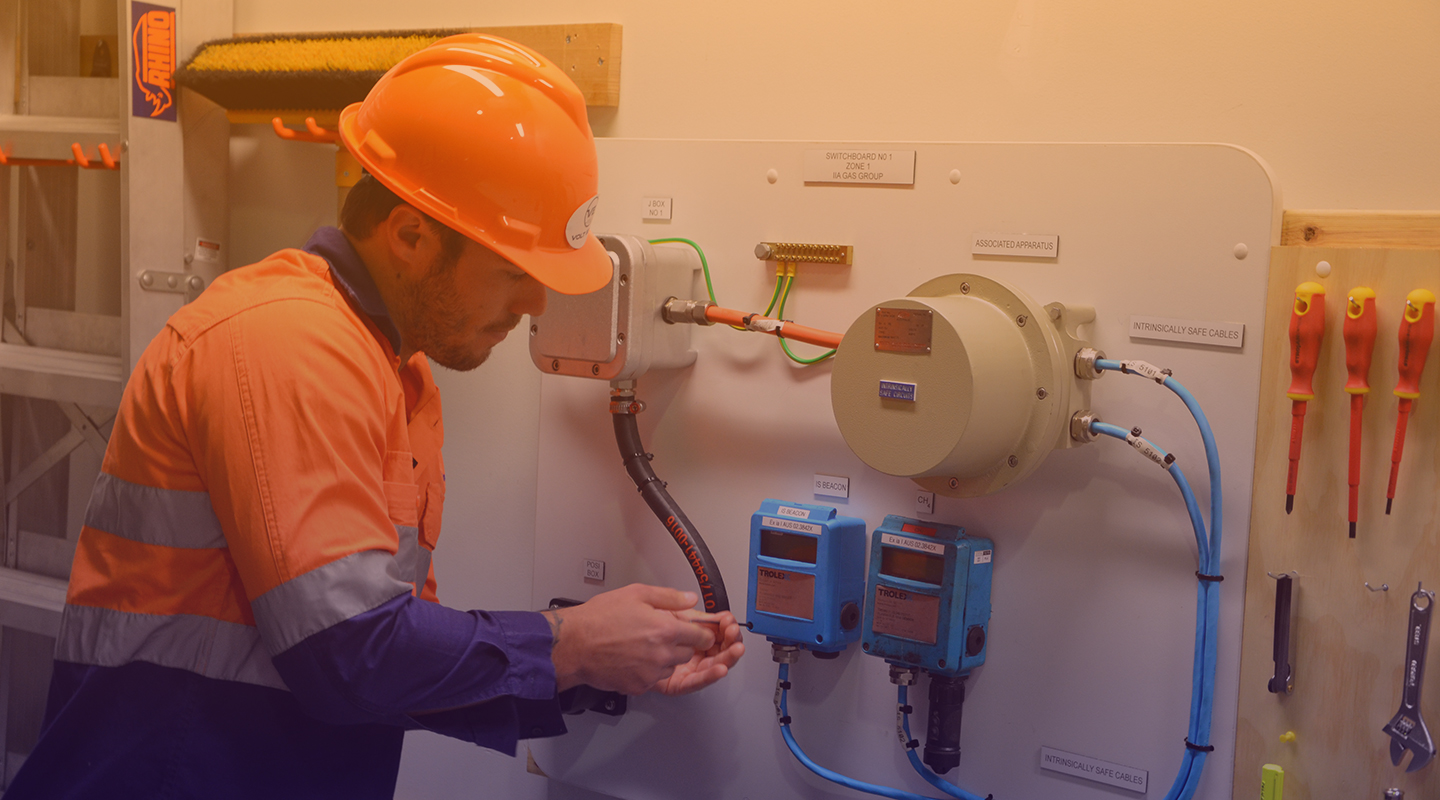How Roar Solutions can Save You Time, Stress, and Money.
How Roar Solutions can Save You Time, Stress, and Money.
Blog Article
Roar Solutions Fundamentals Explained
Table of ContentsThe Definitive Guide for Roar SolutionsThe 10-Minute Rule for Roar SolutionsThe 6-Second Trick For Roar Solutions
In order to safeguard setups from a prospective surge a method of evaluating and classifying a possibly hazardous area is required. The function of this is to make sure the right choice and installment of equipment to ultimately avoid a surge and to ensure safety and security of life.
(https://www.brownbook.net/business/53579326/roar-solutions/)
No devices must be mounted where the surface area temperature level of the tools is higher than the ignition temperature of the provided risk. Below are some typical dust harmful and their minimum ignition temperature. Coal Dust 380C 225C Polythene 420C (melts) Methyl Cellulose 420C 320C Starch 460C 435C Flour 490C 340C Sugar 490C 460C Grain Dust 510C 300C Phenolic Resin 530C > 450C Aluminium 590C > 450C PVC 700C > 450C Residue 810C 570C The likelihood of the hazard existing in a focus high adequate to create an ignition will differ from area to place.
In order to identify this danger a setup is divided into locations of threat depending upon the quantity of time the dangerous is existing. These areas are described as Areas. For gases and vapours and dirts and fibres there are three zones. Zone 0 Area 20 A harmful ambience is highly most likely to be existing and might be present for lengthy durations of time (> 1000 hours per year) and even continuously Zone 1 Area 21 A dangerous atmosphere is feasible however not likely to be existing for long periods of time (> 10 450 C [842 F] A classification of T6 implies the minimal ignition temperature is > 85 C [185 F] Harmful area electric devices perhaps developed for use in higher ambient temperatures. This would certainly indicated on the ranking plate e.g. EExe II C T3 Ta + 60C( This means at 60C ambient T3 will certainly not be gone beyond) T1 T1, T2, T3, T4, T5, T6 T2 T2, T3, T4, T5, T6 T3 T3, T4, T5, T6 T4 T4, T5, T6 T5 T5, T6 T6 T6 A T Class ranking of T1 suggests the optimum surface area temperature created by the tool at 40 C is 450 C. Thinking the connected T Course and Temperature level ranking for the equipment are appropriate for the area, you can constantly use an instrument with an extra stringent Division score than needed for the area. There isn't a clear solution to this inquiry regrettably. It truly does depend upon the kind of devices and what repair work require to be performed. Tools with particular test procedures that can't be done in the field in order to achieve/maintain 3rd party rating. Have to come back to the manufacturing facility if it is prior to the equipment's service. Area Fixing By Authorised Worker: Complex screening might not be required nevertheless particular procedures might require to be complied with in order for the tools to preserve its 3rd party score. Authorised personnel have to be utilized to do the job correctly Fixing must be a like for like replacement. New part need to be considered as a direct substitute requiring no special screening of the equipment after the repair is total. Each piece of tools with a harmful ranking need to be evaluated separately. These are detailed at a high degree below, but also for more thorough info, please refer directly to the standards.
An Unbiased View of Roar Solutions
The devices register is an extensive data source of equipment documents that includes a minimum collection of fields to recognize each item's area, technical parameters, Ex-spouse category, age, and environmental information. This information is critical for monitoring and managing the equipment effectively within hazardous areas. In contrast, for routine or RBI tasting evaluations, the quality will be a combination of Comprehensive and Close examinations. The proportion of Detailed to Close assessments will certainly be figured out by the Tools Risk, which is examined based upon ignition threat (the possibility of a resource of ignition versus the chance of a flammable atmosphere )and the harmful location classification
( Zone 0, 1, or 2). This variant will also influence the resourcing needs for work preparation. As soon as Lots are specified, you can develop tasting strategies based upon the sample dimension of each Great deal, which describes the number of random devices things to be examined. To establish the required sample size, two elements require to be assessed: the dimension of the Lot and the group of assessment, which indicates the level of effort that ought to be applied( lowered, normal, or increased )to the inspection of the Lot. By incorporating the classification of inspection with the Whole lot size, you can after that develop the appropriate being rejected requirements for an example, meaning the allowed number of malfunctioning things found within that sample. For even more details on this process, please refer to the Power Institute Standards. The IEC 60079 typical suggests that the maximum interval in between assessments ought to not exceed 3 years. EEHA examinations will certainly also be conducted outside of RBI campaigns as component of scheduled maintenance and devices overhauls or repairs. These inspections can be credited towards the RBI sample dimensions within the influenced Lots. EEHA assessments are carried out to recognize mistakes in electrical devices. A heavy racking up system is crucial, as a solitary piece of devices may have several faults, each with varying levels of ignition danger. If the combined rating of both inspections is much less than two times the fault score, the Whole lot is considered acceptable. If the Lot is still considered unacceptable, it needs to go through a full evaluation or validation, which may activate stricter inspection protocols. Accepted Great deal: The reasons of any mistakes are determined. If a typical failure setting is located, added devices might require maintenance. Mistakes are identified by intensity( Safety, Stability, House cleaning ), making certain that urgent problems are examined and attended to promptly to minimize any impact on safety and security or procedures. The EEHA database should track and videotape the lifecycle of mistakes along with the restorative actions taken. Applying a robust Risk-Based Examination( RBI )method is vital for ensuring conformity and security in handling Electric Equipment in Hazardous Locations( EEHA) (hazardous area course). Automated Fault Rating and Lifecycle Monitoring: Easily take care of mistakes and track their lifecycle to improve assessment precision. The intro of this assistance for risk-based inspection even more strengthens Inspectivity's setting as a best-in-class remedy for regulative conformity, in addition to for any asset-centric examination use case. If you want discovering more, we welcome you to request a demo and find just how our solution can transform your EEHA monitoring procedures.
Some Ideas on Roar Solutions You Need To Know

In terms of explosive danger, an unsafe area is an environment in which an explosive environment is present (or may be expected to be present) in quantities that need unique precautions for the building and construction, installation and usage of tools. high voltage courses. In this short article we check out the obstacles encountered in the office, the risk control actions, and the required proficiencies to work safely
These substances can, in specific conditions, develop eruptive ambiences and these can have major and heartbreaking effects. Many of us are acquainted with the fire triangular get rid of any kind of one of the 3 aspects and the fire can not occur, however what does this mean in the context of harmful areas?
In most instances, we can do little pop over to these guys regarding the degrees of oxygen airborne, yet we can have considerable impact on resources of ignition, for instance electric devices. Harmful locations are recorded on the harmful area classification drawing and are determined on-site by the triangular "EX LOVER" indicator. Below, among other key information, areas are divided right into three kinds depending on the risk, the chance and period that an explosive environment will exist; Area 0 or 20 is deemed the most dangerous and Zone 2 or 22 is deemed the least.
Report this page